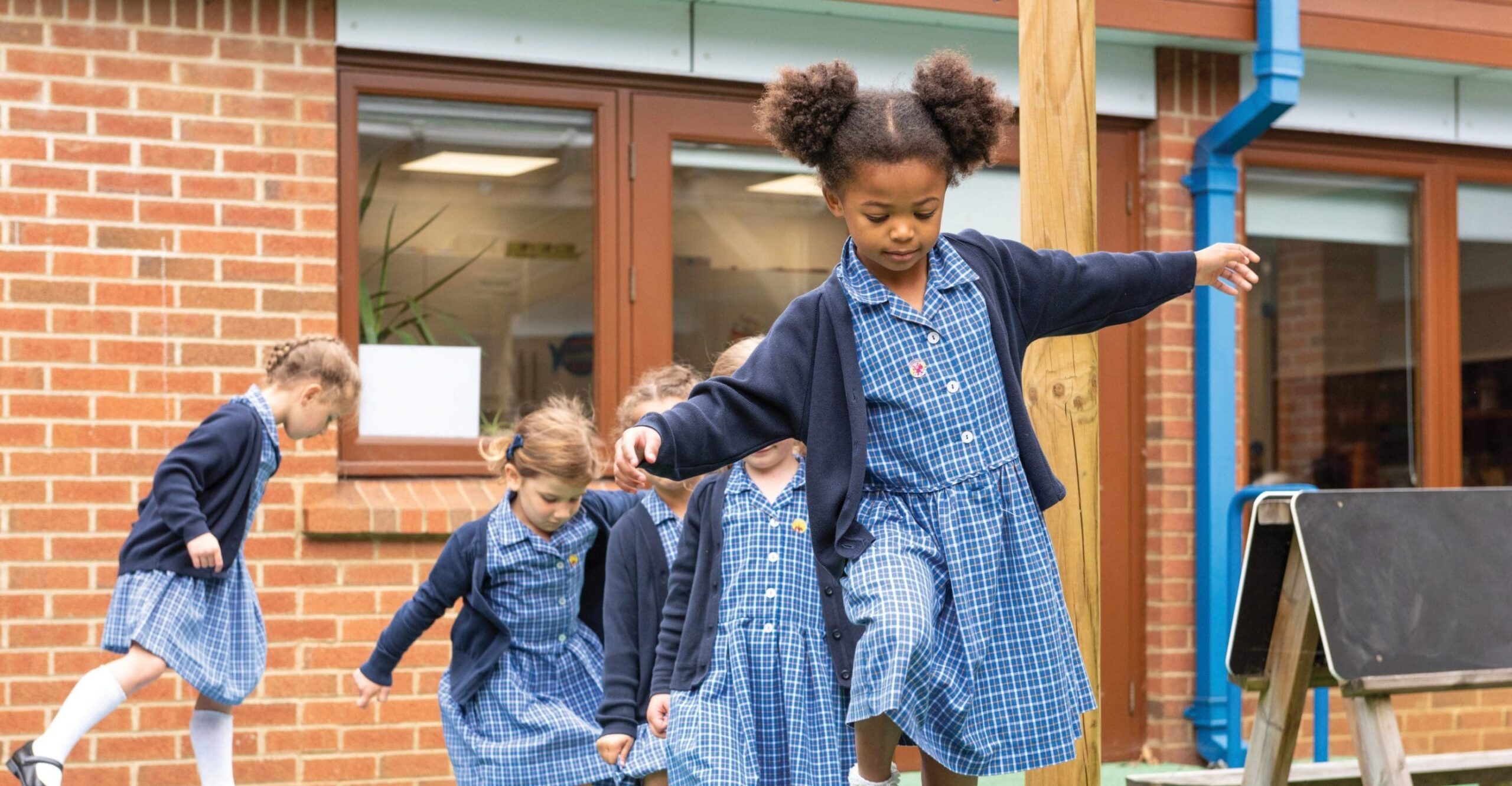There has been much compelling research about how girls and boys learn differently, and, as part of a family of 25 all-girls schools, and a member of the International Coalition of Girls’ Schools (ICGS), it is no surprise that Northampton High School GDST subscribes to this evidence-based thinking.
Reshma Saujani’s compelling 2016 TED talk titled Teach Girls Bravery, Not Perfection elucidates the stark contrast between the societal expectations placed upon boys, encouraging them to embrace boldness, take risks and venture into uncharted territories, while simultaneously imposing upon girls the traditional notion of playing nicely, achieving highly and striving for unattainable perfection. Saujani’s captivating delivery, replete with a diverse array of illustrative examples, resonated as her message spoke an indisputable truth. Astonishingly, even in the 21st century, we find ourselves perpetuating an archaic stereotype of female perfection, inadvertently stifling the potential and authenticity of girls’ education.
It is imperative that we start by educating girls that being brave is more valuable than being perfect. When they learn how to be brave, they can learn how to be imperfect, and it will make them happier and more successful. As such, we need to instil in girls the understanding that they do not have to be perfectly suitable for a job to go for it; they do not need to possess impeccable emotional regulation to have their voices heard; they do not have to get every answer perfectly right in class, and most importantly, they should never feel compelled to alter their bodies to conform to the skewed ideals propagated by social media, which dictate what constitutes the perfect female body.
The cultivation of bravery and the embracement of failure – at times even in a striking and dramatic manner – must assume a prominent position within the girls’ education movement, knowing that it is a stepping stone to growth. As Saujani convincingly asserts, our primary objective should revolve around teaching girls the significance of summoning the courage to attempt new endeav- ours and to be their unguarded, authentic selves, unfazed by the outcomes or reactions of others. Such audaciousness is deserving of celebration and serves as a testament to their strength of character.
Saujani’s talk serves as a poignant reminder that the aspiration towards unattainable standards of perfection permeates virtually every facet of a young girl’s life: from social media’s emphasis on the ideal female form, to a fear of being assertive, to the hesitancy girls feel when voicing their opinions or ideas within the classroom, and the imposter syndrome that afflicts numerous young women in the workplace.
As educators, what proactive measures can we undertake to effectively counteract these implicit biases? Furthermore, how can we bridge the substantial gap that exists in the approach to educating girls and boys?
 Nurturing bravery involves normalising failure in the classroom. Students should understand that being brave means being willing to fail and accepting setbacks as opportunities for growth. This can be accomplished by setting clear expectations that within the classroom, the journey of making mistakes, acknowledging them, and rectifying them while progressing towards the completion of a task is equally significant as the final outcome of learning.
Nurturing bravery involves normalising failure in the classroom. Students should understand that being brave means being willing to fail and accepting setbacks as opportunities for growth. This can be accomplished by setting clear expectations that within the classroom, the journey of making mistakes, acknowledging them, and rectifying them while progressing towards the completion of a task is equally significant as the final outcome of learning.
For example, in the context of an extended essay, motivating students to showcase their editing process using a distinct colour both visually and symbolically emphasises that achieving perfection on the initial attempt is not the norm – and it figuratively highlights that it isn’t normal to ‘get it right’ on a first attempt. Feedback should also be given in small, incremental stages, with an emphasis on skill mastery rather than fixating solely on creating a perfect end product.
In the classroom, this can mean sharing imperfect examples with pupils, and collaborating with them to gradually refine and re-craft the work. By intentionally demonstrating the process of making mistakes in front of the class and seeking the students’ help in identifying errors and suggesting corrections, we are normalising the notion of imperfection and the act of learning from mistakes. Consequently, the classroom transforms into a safe place where imperfections are not only accepted but also celebrated as an integral part of the learning journey.
There is no doubt that the students at Northampton High show bravery in various aspects of their lives. What is intriguing is their humble unawareness of their courageous actions. They are consistently encouraged to voice their ideas regardless of whether they perceive them as right or wrong and to embrace failures and rejections proudly as a testament to their bravery.
Teachers actively foster this environment by discouraging the use of phrases like ‘I don’t know’ and instead urging girls to  engage in critical thinking, replacing self-deprecating expressions such as; ‘I don’t think this is right’ with positive self-talk like ‘I’m going to give it a go…’, ‘This question presents a challenge, but I believe …’. Through this courageous approach, young women see that their ideas and opinions hold inherent value and significance. Teachers actively embed these principles into their planning, questioning techniques and feedback.
engage in critical thinking, replacing self-deprecating expressions such as; ‘I don’t think this is right’ with positive self-talk like ‘I’m going to give it a go…’, ‘This question presents a challenge, but I believe …’. Through this courageous approach, young women see that their ideas and opinions hold inherent value and significance. Teachers actively embed these principles into their planning, questioning techniques and feedback.
Northampton High students are well-served by learning in an environment where there are no stereotypes about what girls can or cannot achieve, where they have the granted space and encouragement to explore their own interests and, of course, they have a voice that is valued and heard.
By teaching bravery instead of perfection, girls are equipped with the mindset and skills to face challenges head on, contribute mean- ingfully, and thrive in an ever-changing world. In an environment and with an ethos that is ‘Made for Girls,’ they are taught to be at least 10% braver, become the best they can be and to achieve success as they choose to define it.
Find out more about Northampton High School GDST at www.northamptonhigh.co.uk or call 01604 765765















